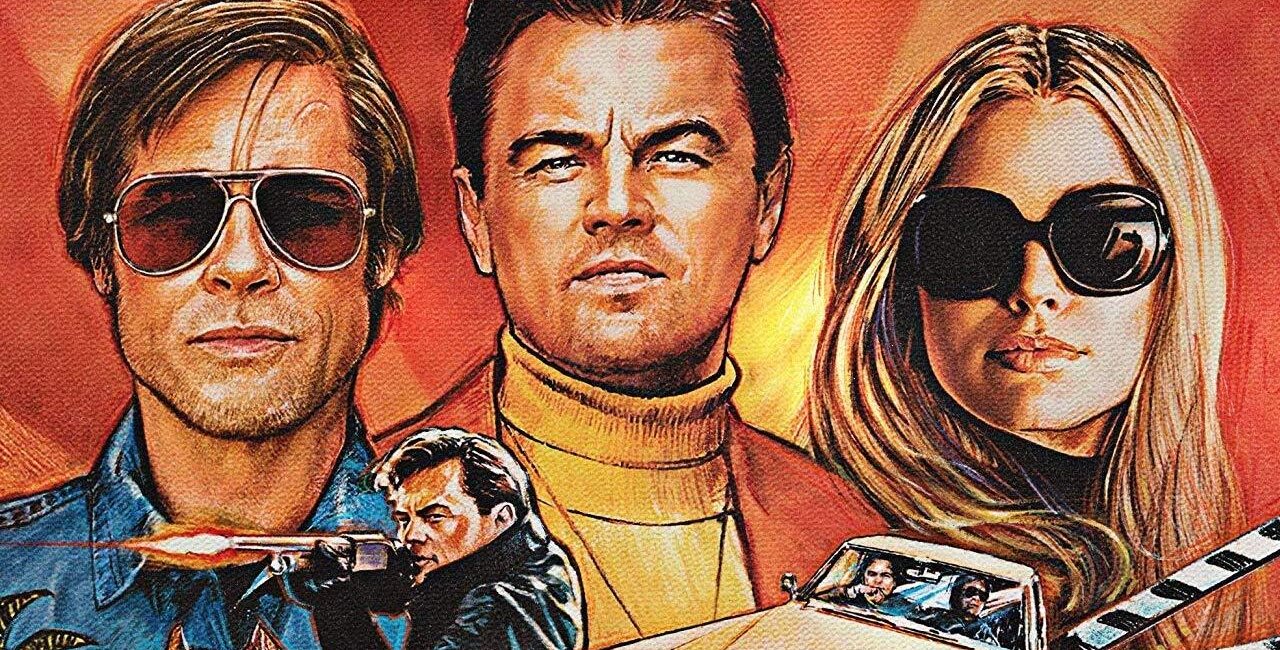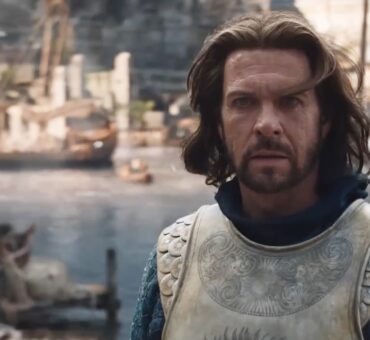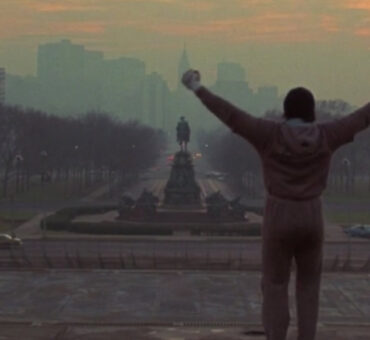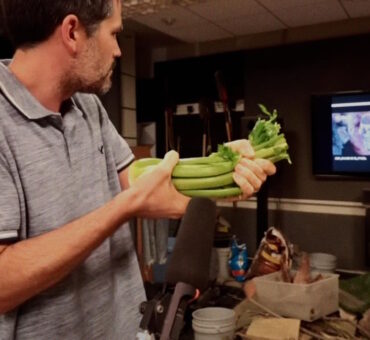Sitting down to watch a Tarantino film is not only enjoyable, but in some ways, it’s essentially attending a few hours of film school. From the direction and writing to editing and choreography, everything is a valuable lesson in the art of filmmaking. This theory extends to his music choices, too.
Amongst the creative choices that make Tarantino’s films so uniquely “Tarantino”, his choice of music is at the top. The songs aren’t just there for the sake of it – they’re key components of his storytelling. Whether it’s the infamous ear-slicing from Reservoir Dogs with “Stuck In The Middle Of You” playing joyfully, or the iconic visuals of a young John Travolta and Uma Thurman dancing away to “You Never Can Tell” in Pulp Fiction, the songs are centered and inextricably connected to their scenes.
Tarantino has, like so many other parts of the craft, mastered the use of music to elevate his films. Below, we’re taking a look at his thought process on the matter, analyzing how and why he chooses the music that he does.
HOW MUSIC HELPS DICTATE THE “FEEL” OF A FILM
In Tarantino films, often the music just “feels right”. This isn’t a happy accident. In fact, Tarantino has revealed that in the very early stages of writing his films, he begins to pick out the music he wants to use. In the booklet accompanying his soundtrack collection “The Tarantino Connection,” he speaks candidly about the process:
“One of the things I do when I am starting a movie, when I’m writing a movie or when I have an idea for a film is, I go through my record collection and just start playing songs, trying to find the personality of the movie, find the spirit of the movie…then, ‘boom,’ eventually I’ll hit one, two or three songs, or one song in particular, ‘Oh, this will be a great opening credit song.’”
Quentin Tarantino
As a filmmaker, maybe you’ve done something similar, going through Musicbed on the hunt for songs that set the tone or capture the essence of the story you’re trying to tell.
Perhaps the best example of this is the opening credits of Pulp Fiction. From the very first beat, Quentin was letting us know that this film had big, bold energy.
“Having “Misirlou” as your opening credits is just so intense, it just says “you are watching an epic, you are watching this big old movie, just sit back”. It’s so loud and blaring at you, a gauntlet is thrown down that the movie has to live up to; it’s like saying “We’re big!””
For Quentin, music is never an afterthought. It drives the story. “What I’m looking for is the spirit of the movie, the beat that the movie will play with.”
MUSIC IS NOT JUST A “FILLER”
The fact that Tarantino places such an emphasis on picking the right music shines through in every film. If there’s a song playing in a scene, it’s because the song is adding something important. It’s subtly communicating messages and evoking emotions within the audience.
“I think the reason that my music works so good is I don’t just blanket it in there. When it’s in there, it’s there for a real purpose.”
Quentin Tarantino
What we can learn from Tarantino here is that you shouldn’t use a piece of music for the sake of having music in the scene. It needs to be intentional and purposeful. “I try not to use music just as a case of pacing – that’s how everybody else does it. They put in innocuous music to get the ticking clock going.”
Take, for example, the “California Dreamin’” scene from “Once Upon A Time In Hollywood” (2019)
This is a simple scene where nothing is really happening—yet, everything is happening. The characters are on their way home and another day is ending in Hollywood, but it’s all bound together with these hauntingly beautiful lyrics from José Feliciano.
The scene is, in some ways, the “end” of the film. It’s from here that Hollywood was never quite the same. The Manson family attacked, and Sharon Tate died. From this point onward, what we watch in the film is Tarantino’s dream – a fairytale that diverges from the reality of what happened. Without this piece of music, those emotions and that “turning point” simply don’t hit home. It’s the scene that many audience members picked out as the one that stayed with the longest.
“That’s one of the things about using music in movies that’s so cool, is the fact that if you do it right, if you use the right song, in the right scene; really when you take songs and put them in a sequence in a movie right, it’s about as cinematic a thing as you can do. You are really doing what movies do better than any other art form; it really works in this visceral, emotional, cinematic way that’s just really special.”
Quentin Tarantino
TARANTINO BREAKS THE RULES
In editing, there are certain rules of thumb you can stick by. For example, in a wild action-packed chase scene, you may want to opt for a piece of music that’s high-octane and adrenaline-pumping. If the scene is an eerie, haunting moment, then eerie, haunting drones will work nicely, right?
The thing about Tarantino is that he’s comfortable and brave enough to break all of these rules when it comes to music choice. He takes chances, and more often than not, they work. We’ve seen this countless times, but, as discussed briefly in the intro here, perhaps his most iconic and “first” noticeable Tarantino-style music choice came in Reservoir Dogs via “Stuck In The Middle With You”.
“I can’t tell you where I got the idea for ‘Stuck In The Middle With You.’ It was just natural,” he says. While the song is now inextricably linked to this scene (“you can never really hear this song again without thinking about that image from the movie”), it shouldn’t work on paper. To have such fun, energetic music playing over an ultra-violent scene in which a psychopath is slicing someone’s ear off doesn’t seem like it could work. Yet, it does.
(Warning: This scene contains graphic content)
The James Brown/2Pac mashup in Django Unchained is another example of Quentin going against the grain. On paper, the last genre of music you’d expect people to associate with a classic Western film is hip hop. The use of no music in the minutes leading up to it further adds to the impact it has. You have this brilliant moment where a former slave is serving up revenge, soundtracked by two of America’s most iconic Black artists. It’s genius.
MUSIC FLESHES OUT HIS CHARACTERS
Quentin once said that he “could make a tape that your character would listen to.” That’s how much he relies on music in his storytelling – it fleshes out his characters and brings them to life. It’s a part of who they are. We see this multiple times in his different films where the character plays and hears the music in the scene. For example, Uma Thurman’s Mia Wallace listening to “Girl, You’ll Be A Woman Soon” in Pulp Fiction:
Or Margot Robbie’s Sharon Tate hitting play on “Good Thing”. The music just fits – you genuinely feel that, yes, this is something that the character Sharon Tate would listen to:
We call this diegetic editing, and it’s a key Tarantino trait. By creating each of his characters with a taste in music that he’s aware of, it adds a layer of depth to them—bringing them to life for the audience. They’re no longer two-dimensional on-screen characters but real, living, breathing human beings.
WRAPPING UP
By being intentional with his music choice, not being afraid to go against the grain, and allowing songs to shape and formulate whole scenes, Tarantino has given us some of cinema’s greatest moments. These pieces of film are so iconic thanks to their music choice. So next time you’re editing a scene, starting pre-production, or working out the soundtrack to a film, remember Tarantino’s intentionality. And when you’re looking for great music that you can license for your films, be sure to check out our playlists or follow us on Spotify.




















































































